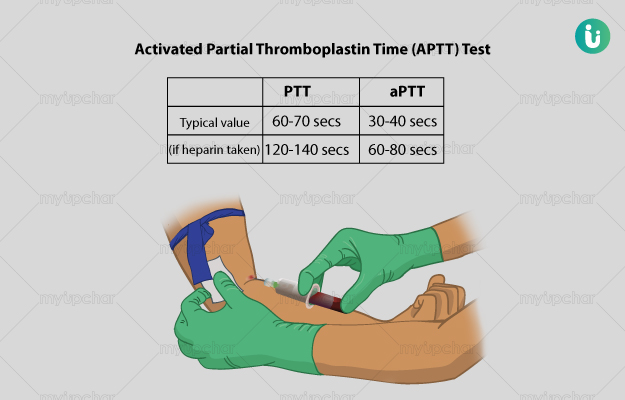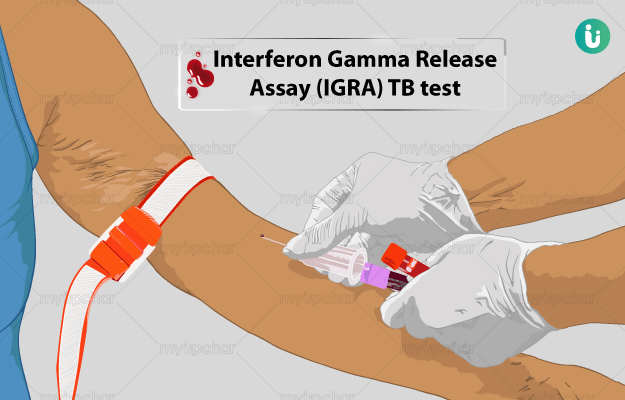What is APTT test?
APTT, also known as activated partial thromboplastin time test, is a blood test that evaluates the time taken by the body to form blood clots. It helps in the evaluation of certain blood clotting factors and their functioning in the process of blood clot formation
Blood clotting is a process that helps in stopping the leakage of excessive blood from an injury or a cut. The moment the body tissues or blood vessels are injured, bleeding starts and, at the same time blood clotting (hemostasis) begins. Blood platelets clump together at the site of the injury and form a platelet plug so you don’t bleed out from minor injuries. On the surface of these platelets, different coagulation factors work together to form a fibrin clot, which acts like a mesh to stop bleeding. One such coagulation factor is thromboplastin.




















